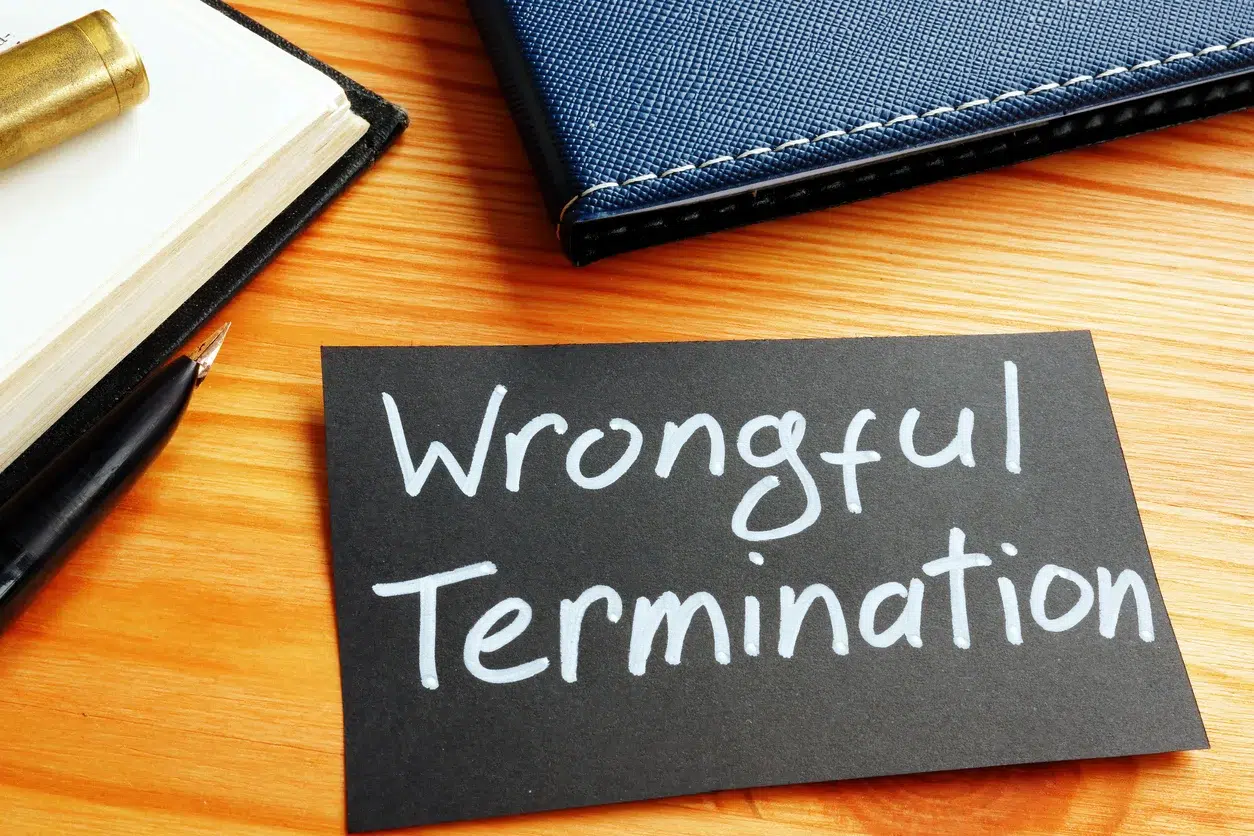There are many reasons that a termination may be unfair or unjust; a termination may also be illegal and considered to be “wrongful termination.”
In California, employment is considered to be ‘at-will,’ meaning that your employer may fire you at any time without cause. Despite the state’s at-will employment policy, there are numerous ways that a termination could violate federal and state employment laws and thus be considered a wrongful termination.
Discrimination: Employment law makes termination for discriminatory reasons illegal. If your employer has terminated you because of your membership in a protected class, you have been wrongfully terminated. It is considered to be a wrongful termination if your membership in a protected class played a role in your termination, even if it was not the sole factor. Protected classes in California include (but are not limited to):
Race, color, religion, sex/gender, gender identity, gender expression, sexual orientation, marital status, medical condition, military or veteran status, national origin, ancestry, disability, genetic information, medical condition, request for family care leave, request for leave for employee’s own serious health condition, request for pregnancy disability leave, and age (over 40)
Retaliation: State and federal law prohibits your employer from terminating you as a form of retaliation. The law protects employees who report unlawful practices at work, including discrimination, harassment, wage practices, and more. If you make a complaint of discrimination, harassment, or other illegal conduct to your employer, resist discrimination, harassment, or other illegal conduct in the workplace, or participate as a witness in a complaint made by a co-worker, your employer may not fire you as a result. If your employer has fired you because you reported or resisted any form of unlawful activity at work, your employer has retaliated against you and committed wrongful termination.
Protected Absences: The law entitles employees to take job-protected leave for numerous reasons, including but not limited to disability or medical leave. If your employer fires you for taking leave, or if your employer fails to provide job protection while you are on job-protected leave, your employer may have wrongfully terminated you.
Constructive Discharge: Constructive discharge occurs when an employee leaves their job because their employer has made it impossible for them to perform their work duties, and they have no option left but to quit. Constructive discharge may occur if, for example, you use a wheelchair and you cannot reach your workplace in your wheelchair. Constructive discharge may occur if harassment has created a hostile environment so that an employee can no longer perform their job duties.
If you believe you have a wrongful termination claim against a former employer or are afraid that you may be facing wrongful termination, you may be able to bring a wrongful termination lawsuit and may be entitled to damages in the form of back pay, emotional distress damages, punitive damages, and attorney’s fees. Take the following steps to support your case:
Save Evidence: Record all relevant events or interactions in writing. Save related notes, performance reviews, documents, and the employee handbook. You may request your personnel file to review any documents you have signed and to ensure that your file is complete.
Find an Attorney: Reach out to an employment lawyer. Avloni Law is a law firm dedicated to fighting against wrongful termination. If you have experienced wrongful termination or are looking for a wrongful termination lawyer, reach out to Avloni Law for a consultation. We represent clients across California, with offices in Los Angeles, San Jose, and San Francisco.

